New Hyundai Venue 2025 Review – The Upgrade That Went Wrong
The Hyundai Venue 2025 has finally arrived today, and it is bringing a fair amount of improvements, many car enthusiasts and loyal Hyundai buyers are left with mixed up feelings. Hyundai was having the perfect opportunity to redefine their compact SUV space with this next-generation model of Venue 2025, but the results are left complicated. Let’s break down everything that has changed and everything that went wrong with this latest update.
Dimensions: Slight Tweaks with the Familiar Frame

The new updated Venue have to continue to stay within the India’s sub-4-metre rule, so the length of the new updated Venue remains same at 3995 mm. However, Hyundai has managed to slightly improve the cabin proportions of Venue by doing certain following changes:
-
Width: Increased by 30 mm
-
Height: Increased by 48 mm
-
Wheel-base: Extended by 20 mm
These small adjustments have made the Venue feel roomier from inside, which was already one of its strong point. The added width and height have given the SUV a better stance on the road and a little extra shoulder room and head room for the passengers.
Stronger, Smarter, and More Equipped in terms of Safety
Safety is one of the few areas where Hyundai have clearly stepped up. The new Updated Venue has been built on their Global K1 platform, which has been designed for better crash safety. Hyundai claims that the body shell have now used 71% advanced high-strength steel, improving overall rigidity and the impact protection.
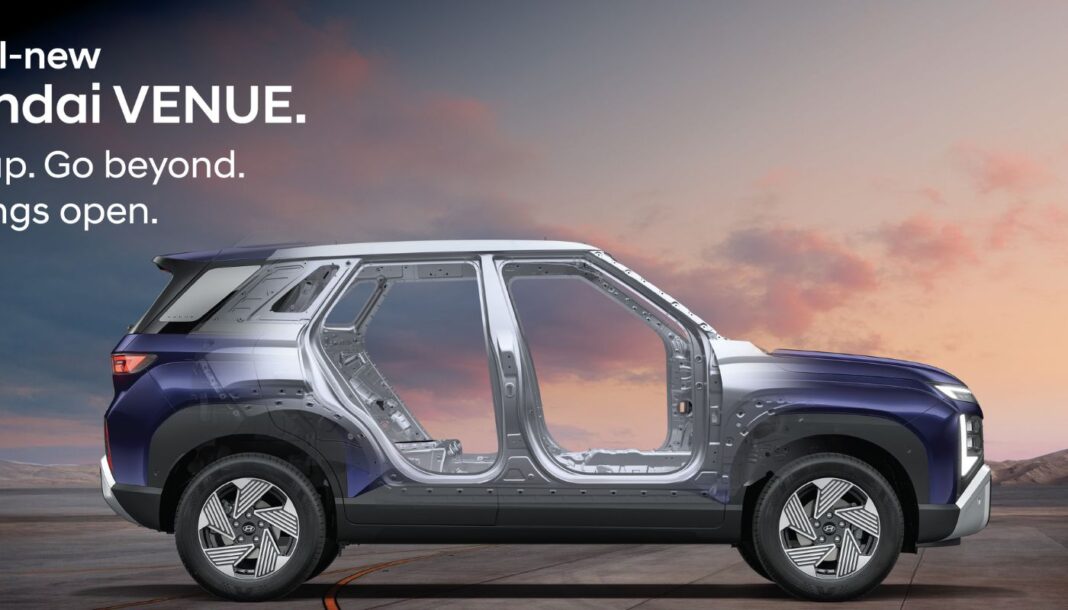
The updated safety suite now includes:
-
6 airbags (standard across variants)
-
ABS with EBD
-
Rollover sensor
-
Level 2 ADAS system (upgraded from Level 1)
-
360° parking camera and blind view monitor
For braking performance, disc brakes on all four wheels are now available (though not standard). These updates give the Venue a major boost in confidence when it comes to passenger protection.
Do Subscribe our WhatsApp Channel for Regular Updates.
Engine and Performance: Minimal Tweaks but this time they Missed the Opportunity
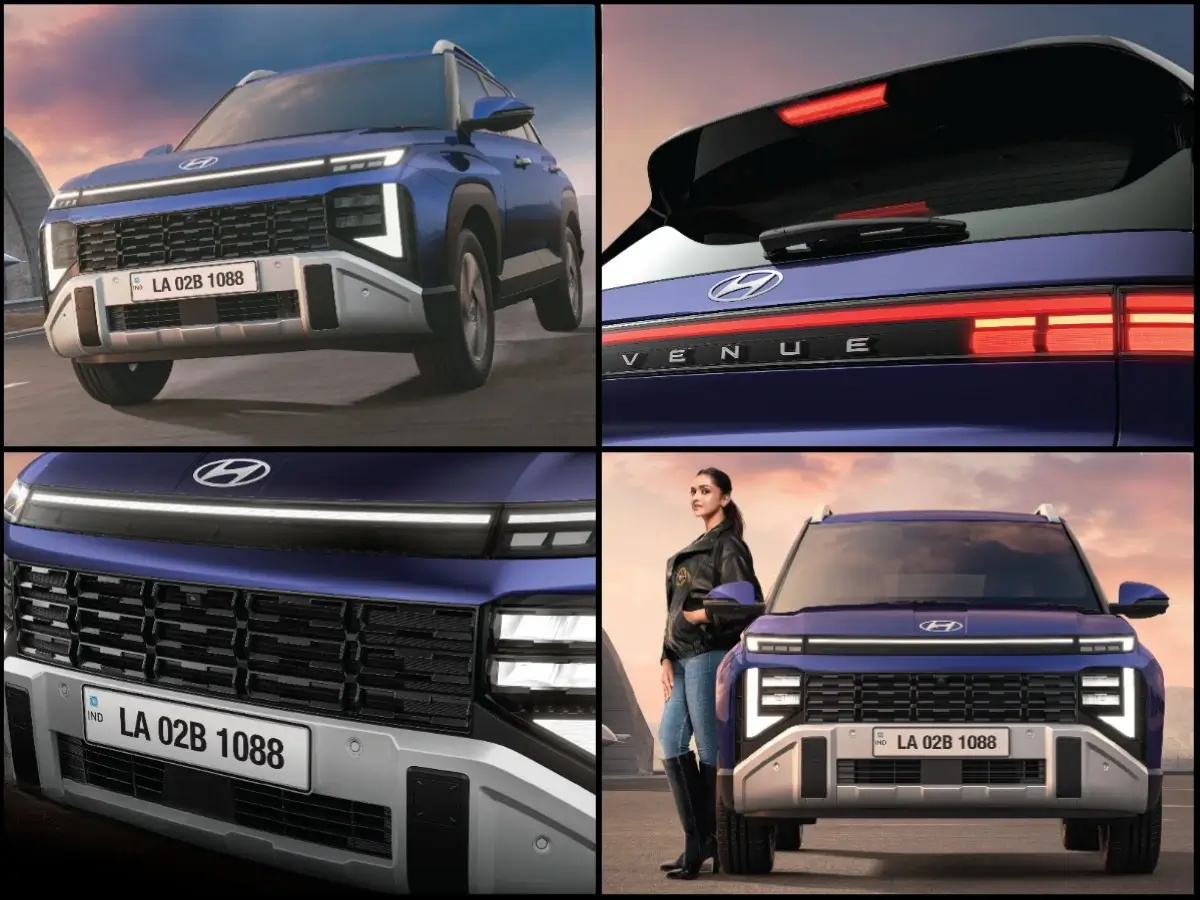
This is where the Venue update starts to lose its shine. Mechanically, not much has changed. The same engines continue with slight adjustments:
-
1.2L Naturally Aspirated Petrol
-
Power remained same
-
Torque have been increased from 113.8 Nm to 114.7 Nm
-
Peak torque now comes at 4200 rpm (earlier came at 4000 rpm)
-
The diesel engine stays same at 1.5L, but there has been a new addition of an automatic Torque Converter transmission is alongside the manual. However, the petrol engine and turbo petrol engine options remained mostly untouched, and there has been no new addition of hybrid or mild-hybrid system that competitors like Maruti and Tata are offering.
For buyers who are expecting a major hype in performance or refinement, this update will be felling them underwhelmed. Hyundai had a golden chance to improve their updated Venue’s powertrain lineup but they chose to play safe this time.
Fuel Efficiency: Mixed Opinion for Petrol but a Major Disappointment for Diesel
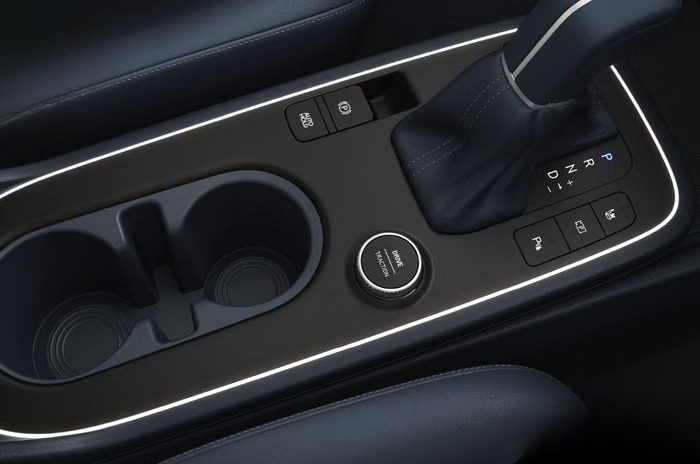
Mileage is always a major deciding factor for most of the Indian car buyers, and here’s where things got tricky.
The petrol variants have become slightly more efficient:
-
1.2L Petrol (MT): +0.55 km/l improvement
-
Turbo Petrol (MT): +0.94 km/l improvement
-
Turbo Petrol (DCT): +1.7 km/l improvement
So far, so good. But here the diesel models telling a different story.
The older Venue Diesel MT was delivering a freaking mileage of 24.2 km/l, while the new one is diesel mileage is only rated at 20.99 km/l giving the updated Venue a massive drop of 3.2 km/l. The new Diesel AT with Torque Converter is even giving more worse mileage at just 17.9 km/l, which is even lesser than its turbo petrol variants.
This drop in mileage raises a serious question: why buy diesel anymore? Especially when the diesel versions are significantly more expensive and are not offering any real mileage advantage.
To add context, Hyundai’s own Creta Diesel MT claims 21.8 km/l, and even the Creta Diesel AT returns 19.1 km/l – both better than their smaller Venue. That’s a clear sign that Hyundai’s focus has shifted away from diesel efficiency.
Features and Tech: Big Improvements, But Only at the Top

Hyundai’s USP has always been there in features, and the 2025 Updated Venue kept that tradition alive, at least for its top trims. The SUV now offers several premium additions:
-
12.3-inch dual panoramic display setup
-
Projector headlamps (standard)
-
BOSE 8-speaker audio system
-
Front ventilated seats
-
Smart cruise control with auto hold
-
Electronic parking brake
-
Type-C charging ports (front and rear)
-
Drive modes: Snow, Sand, Mud
-
Rear window sunshades
-
Smart aroma diffuser (N Line variants)
However, there’s a catch. Many of these upgrades in features are exclusive only to higher trims, making the base variants feels let down as compared to the outgoing model.
Do Subscribe our WhatsApp Channel for Regular Updates.
Base Variants: Fewer Features, Less Value
This is where many loyal Hyundai customers feel let down. The base and mid variants of the previous Venue were considered some of the best value-for-money options in the market. That’s no longer the case.
The 2025 Venue base variants have lost several features that were previously standard with old Venue:
-
No roof rails
-
No rear parking camera
-
No automatic headlamps
-
No tyre pressure monitoring system
-
No rear defogger
-
Speakers reduced from 6 to 4
-
No sunroof on lower trims
Even practical features like the air purifier, idle start-stop system, and dashcam have been removed or limited to the top petrol variants only.
Yes, Hyundai has added LED tail lamps, DRLs, and rollover sensors, but overall, the entry-level Venue now feels more basic than before — a disappointing move in a segment where buyers prioritize value.
New Colours and Boot Space: Small But Nice Touches

Hyundai has introduced four new colours to keep things fresh:
-
Mystic Sapphire
-
Hazel Blue
-
Dragon Red
-
Hazel Blue with Glossy Black Roof (Dual-tone)
The boot capacity has also been increased from 350 litres to 375 litres, giving you a bit more practicality for your weekend trips and luggage.
Increased Warranty and Improved Roadside Assistance
There’s one area where Hyundai truly deserves praise. The standard warranty has been extended from 3 years to 10 years with an inclusion of roadside assistance service for10 years. That’s a massive upgrade in terms of increased peace of mind leading to a great ownership experience, especially as compared to its rivals who are still offering only 3–5 years warranty as standard.
Do Subscribe our WhatsApp Channel for Regular Updates.
Pricing: The Real Shock
Here’s where the biggest surprise – and biggest disappointment lies. The 2025 Hyundai Venue now priced at ₹7.9 lakh (ex-showroom) and goes up to ₹14.69 lakh (ex-showroom).
In comparison:
-
Tata Nexon is priced at ₹7.3 lakh
-
Kia Sonet is priced at ₹7.3 lakh
-
Mahindra XUV 3XO is priced at ₹7.49 lakh
Even the top variants of Tata Nexon and Kia Sonet hover around ₹14 lakh, while the Venue stretches beyond that – despite being offering somehow similar or fewer features in lower trims. This pricing broke up the Venue’s earlier reputation as a value-for-money compact SUV and puts it at the disadvantageous position against stronger and newer rivals.
Verdict: Good Evolution with Weak Execution
The 2025 Hyundai Venue brings notable improvements in terms of safety, technology, and build quality, but it loses its charm that would have made it a bestseller in terms of practicality and affordability.
For premium buyers, the top end trims will be delivering a polished experience. But for the budget buyers, the new Venue feels like one step backward.
In short, Hyundai’s next-generation Hyundai Venue is smarter, safer, and more stylish – but it haven’t stayed necessarily the better deal.
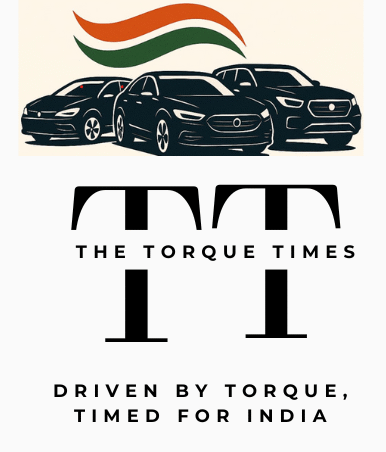
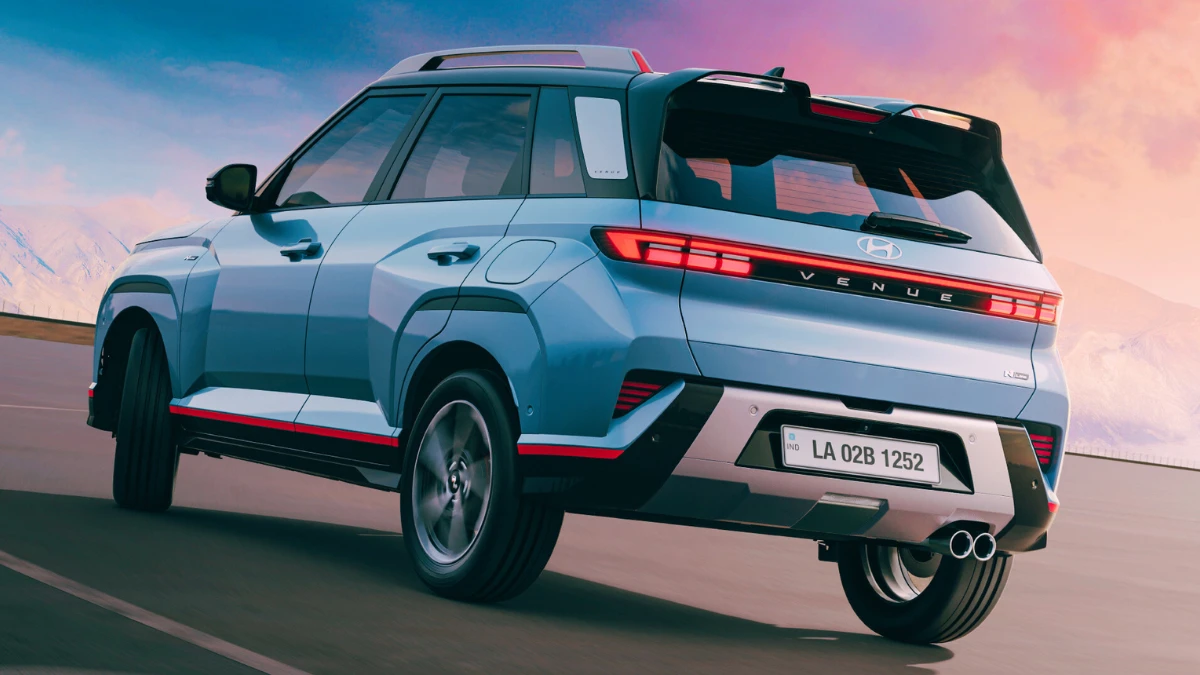
looks like new gen exter but interior is good